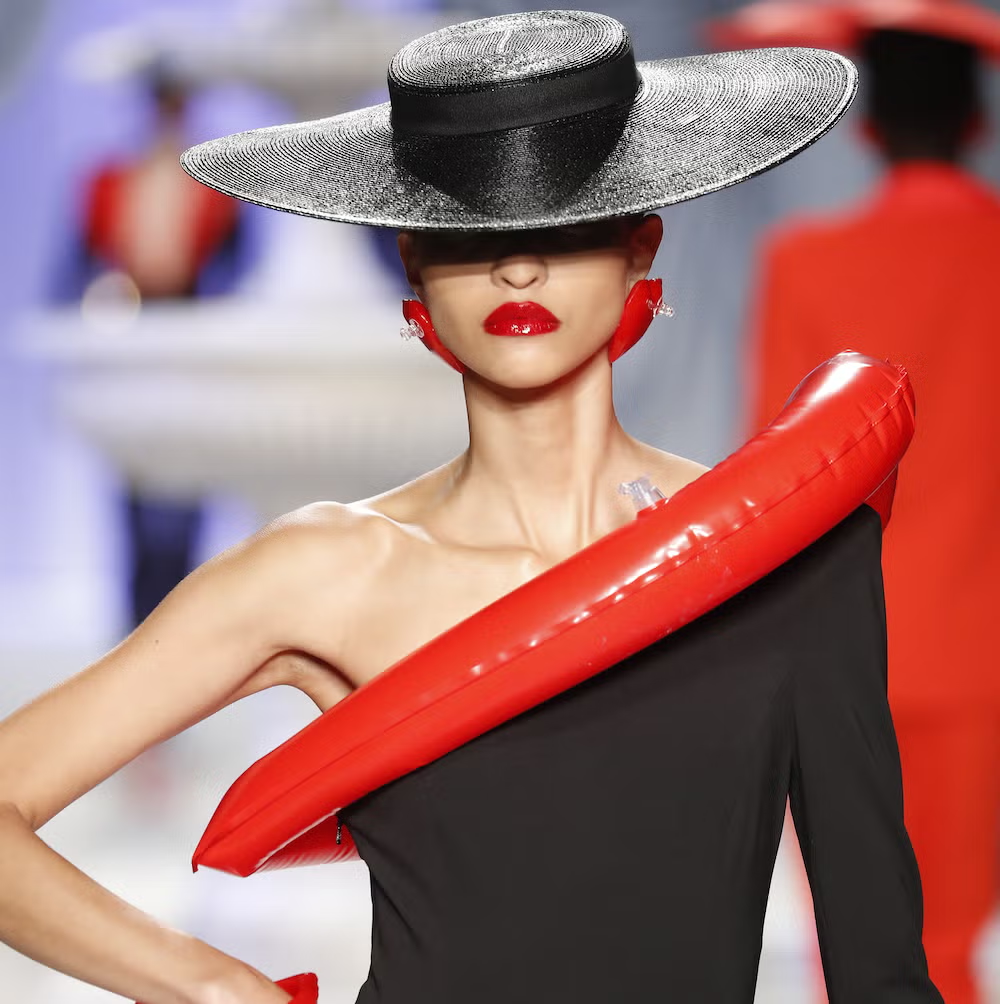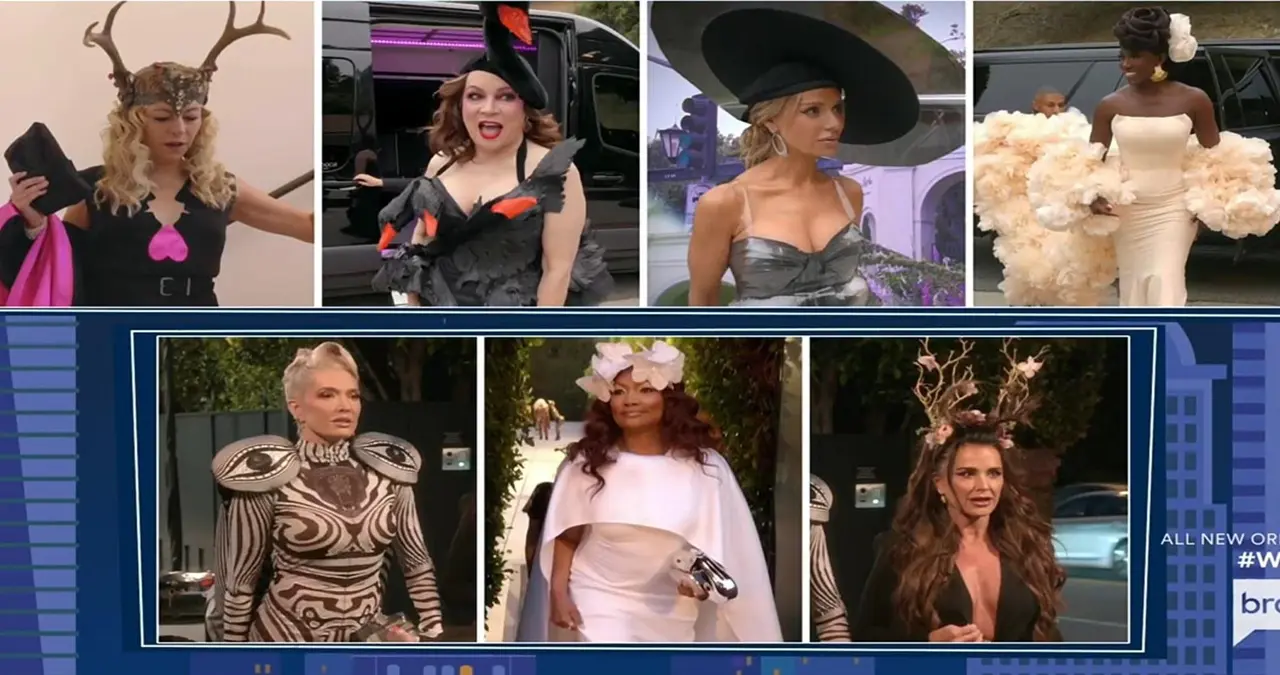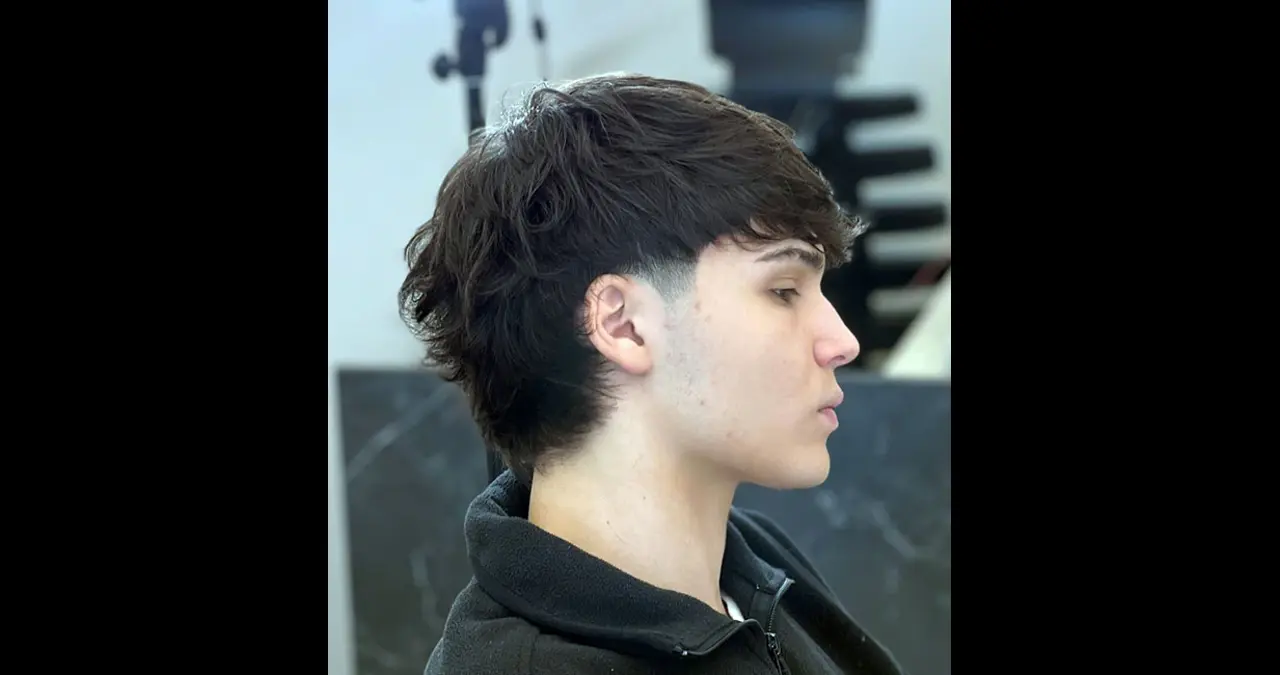Surrealism OutfitL The phrase “surrealism outfit” might sound like something straight out of a dream or maybe even a nightmare. And that’s exactly the point. At its core, surrealism outfit fashion breaks the rules. It doesn’t ask permission. It challenges our perception of what clothing is supposed to be. It’s not just fabric stitched together to cover the body; it’s wearable art, a walking expression of the abstract, the uncanny, and the wildly imaginative.
From the runways of Paris to the streets of Tokyo, the surrealism outfit is rewriting what it means to get dressed. It’s not just about aesthetics; it’s about pushing boundaries, provoking thought, and making people stop and stare. And let’s be honest, in a fashion world dominated by fast trends and fleeting hashtags, the surrealism outfit stands as a reminder that creativity still matters. So what exactly is this artistic movement doing to our wardrobes and why does it matter now more than ever?
The Origins of Surrealism and Its Fashion Evolution
To understand what a surrealism outfit is today, you’ve got to go back to where it all started. Surrealism as an artistic movement emerged in the early twentieth century, born out of a desire to tap into the subconscious and challenge reality. Think Salvador Dalí with his melting clocks, René Magritte with his bowler hats and faceless figures. These artists weren’t just painting for shock value; they were exploring deeper truths, emotions, and symbols.
Fashion, as always, followed suit albeit a few steps behind at first. Designers began incorporating surreal elements into clothing in subtle ways: exaggerated silhouettes, dream-like prints, and unexpected materials. Over time, surrealism moved from the canvas to the catwalk, transforming the surrealism outfit from a concept into a living, breathing phenomenon. Today, you can see its influence in everything from haute couture to underground streetwear, proving that surrealism never really left it just found new ways to express itself.
The surrealism outfit of the modern age continues this tradition but turns the volume way up. Instead of just referencing dream logic, designers are now building entire garments around surreal principles. A jacket that looks like it’s melting? Check. Shoes that resemble human hands? Absolutely. These aren’t gimmicks; they’re bold statements in a fashion landscape that often favors conformity over chaos.
What Makes a Surrealist Outfit So Captivating?
At first glance, the surrealism outfit might come across as impractical or even nonsensical. But therein lies the magic. It’s not designed to blend in it’s meant to stand out, to make people question what they’re seeing. A surrealism outfit is often constructed using unconventional fabrics, strange proportions, or visual illusions that defy expectation. Sometimes it’s wearable, barely. But it’s always unforgettable.
What captivates audiences the most is the emotional response these outfits provoke. You’re not just seeing clothes; you’re experiencing a visual story. Maybe it makes you laugh. Maybe it’s deeply unsettling. Maybe it just leaves you confused but intrigued. That emotional punch is exactly what makes surrealist fashion so different from other styles. It doesn’t aim to please; it aims to provoke.
Designers crafting surrealism outfits often use juxtapositions and contradictions to play with the audience’s expectations. A formal tuxedo with inflatable sleeves the size of bean bags? That’s surrealism. A gown that drips like wax across the body? That too. It’s about challenging conventional beauty and redefining what we think is “stylish.” And the best part? There are no limits.

Iconic Surrealist Outfits Throughout History
While surrealist fashion has been around for decades, a few key moments have helped solidify its place in the mainstream. One of the earliest examples is Elsa Schiaparelli’s collaboration with Salvador Dalí in the 1930s. Together, they created unforgettable designs like the lobster dress and the shoe hat pieces that blurred the line between clothing and sculpture. These creations shocked high society at the time but are now considered iconic examples of surrealist fashion.
Fast forward to modern fashion weeks, and you’ll find a resurgence of the surrealism outfit in the work of designers like Iris van Herpen, Viktor & Rolf, and Comme des Garçons. These visionaries have taken the surrealist aesthetic and turned it into a legitimate movement within contemporary fashion. Think 3D-printed dresses that seem to float, or garments that mimic organic forms like bones or coral. These are more than clothes—they’re installations.
Even in pop culture, surrealist fashion has found a home. Celebrities like Lady Gaga, Björk, and Doja Cat regularly don surreal outfits on the red carpet, sparking viral reactions and heated debates. These moments make it clear: surrealist fashion is not just alive it’s thriving. And with each boundary it breaks, it pulls the audience deeper into its uncanny universe.



